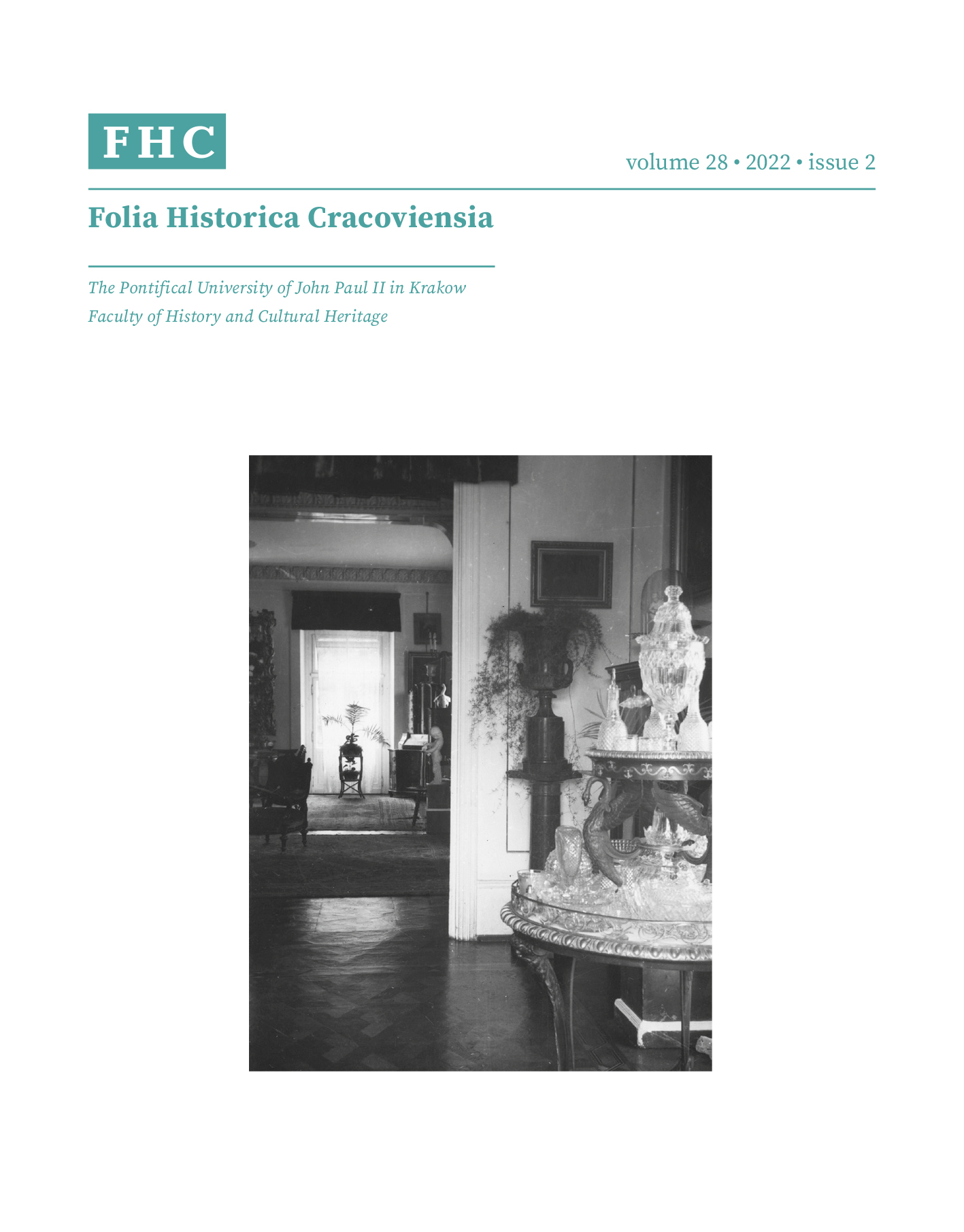Medieval fabrics with eastern provenience in Polish collections
Medieval fabrics with eastern provenience in Polish collections
Author(s): Beata Biedrońska-SłotaSubject(s): Museology & Heritage Studies, History of Art
Published by: Wydawnictwo Naukowe Uniwersytetu Papieskiego Jana Pawła II w Krakowie
Keywords: textiles; silk; merchant; Orient; artistic;
Summary/Abstract: Textiles produced in the leading weavers’ centres of the Orient and used in Poland during the Middle Ages make an interesting and valuable complex. They were imported mainly for liturgical vestments but also for decoration of chapels and secular interiors. Richly and uniquely designed, woven in specialized workshops from silk with large amount of gold, they demonstrated prestige and taste of the ecclesiastical and secular elites. Eastern textiles in Polish collections may be combined in separate groups. The first group, perhaps the most uniform in style and technique, comprises textiles whose origin is attributed to the workshops in Cyprus and Cairo, active under the Mamluc Sultanate (1250–1517), especially in the period 1250–1382. The second group are the textile produced in Constantinople or Brusa before 1449. Another group comprises paraments made of textiles whose pattern includes a rhythmically repeated Arabic inscription stored at National Museum in Gdańsk and coming from the store of the St Mary’s Church in Gdańsk, produced in workshops of northern Persia around the middle of the 14th century.
Journal: Folia Historica Cracoviensia
- Issue Year: 28/2022
- Issue No: 2
- Page Range: 165-184
- Page Count: 20
- Language: English

